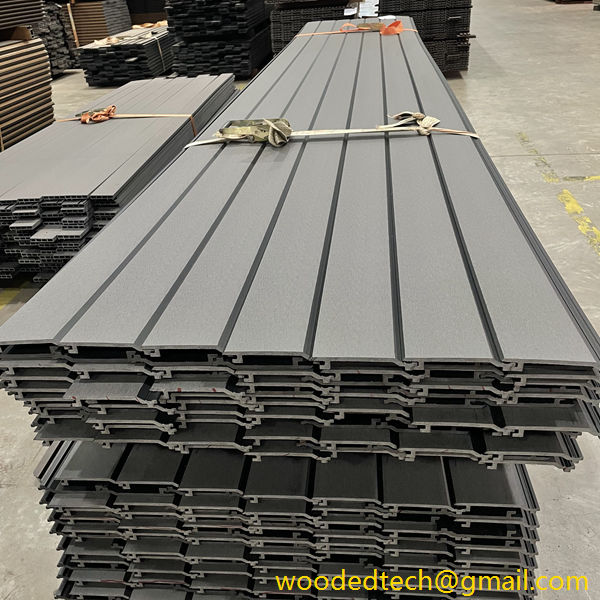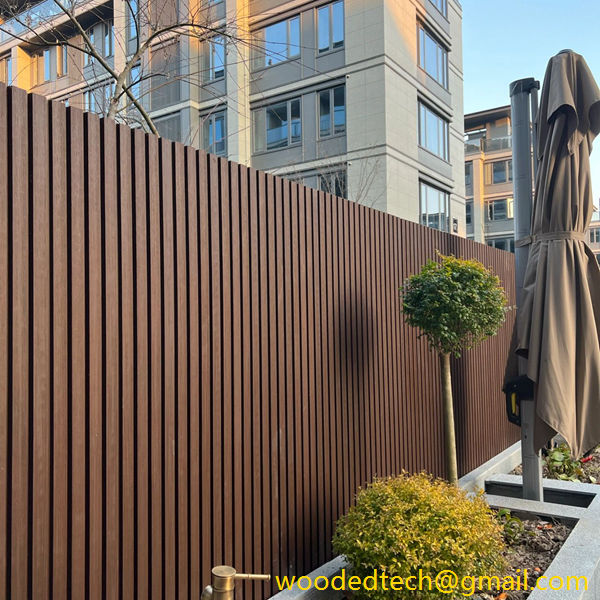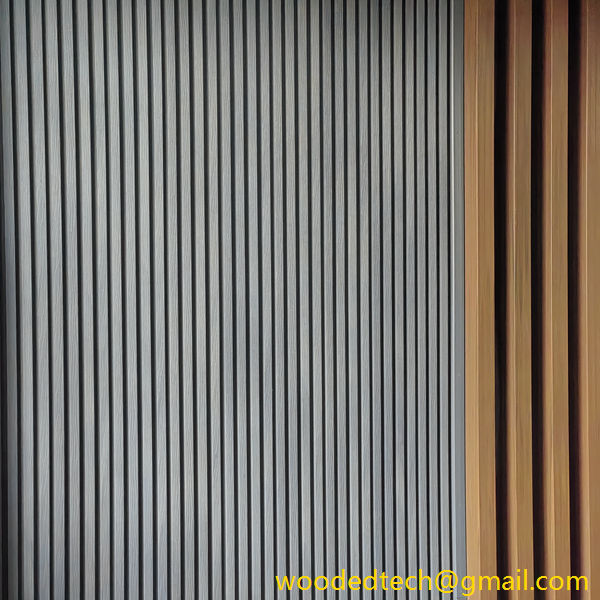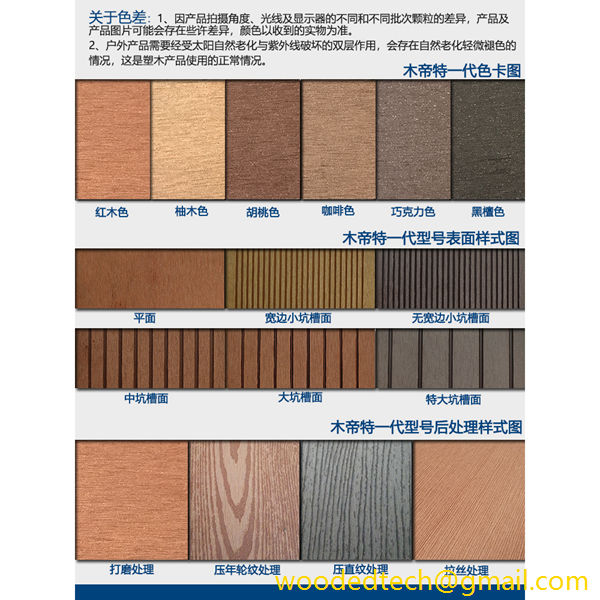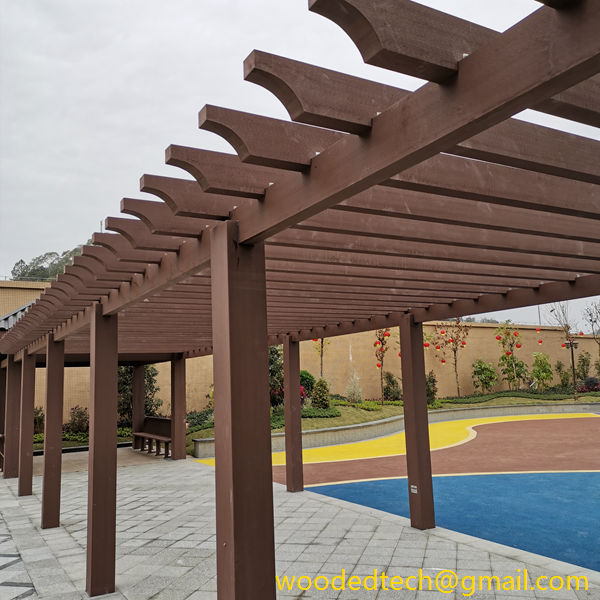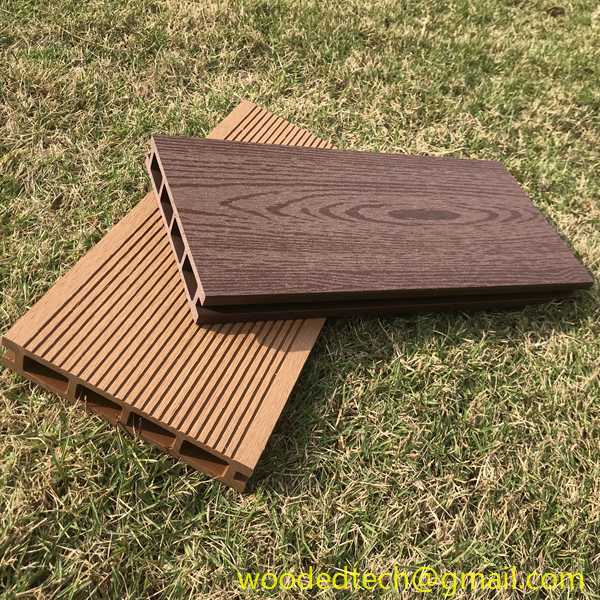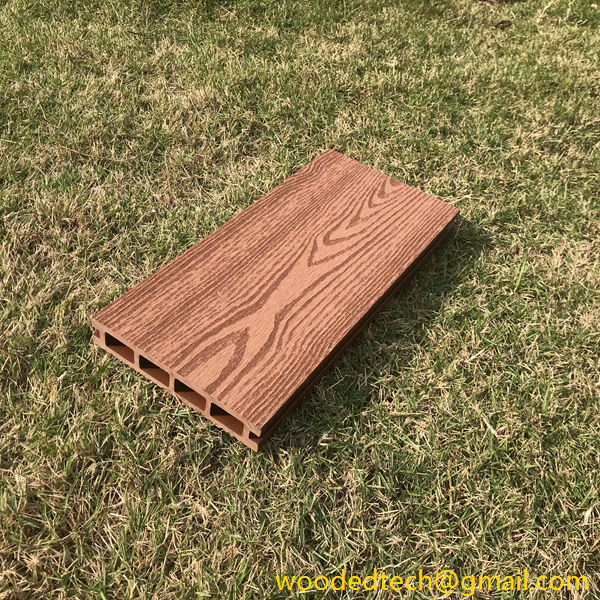In today’s market, interior design trends are continuously evolving, and homeowners are always looking for innovative materials that combine aesthetics, functionality, and sustainability. One such material that has gained significant traction is Wood Plastic Composite, commonly referred to as WPC. WPC wall panels are making waves in the construction and design industries due to their unique properties and versatility. This article aims to provide a comprehensive review of WPC wall panels, exploring their advantages, potential drawbacks, and recommendations for their application in various settings.
WPC wall panels are composed of a blend of wood fibers and recycled plastic, which creates a composite material that mimics the appearance of natural wood. This combination offers a variety of benefits that appeal to both homeowners and builders alike. One of the most significant advantages of WPC wall panels is their durability. Unlike traditional wood, WPC is resistant to moisture, insects, and decay. This makes it an ideal choice for areas prone to humidity, such as bathrooms and kitchens, as well as for exterior applications where weather exposure is a concern.
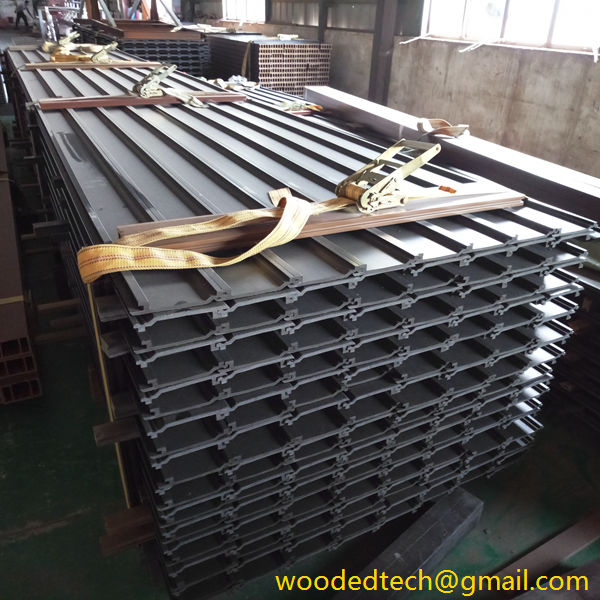
Another noteworthy benefit of WPC wall panels is their low maintenance requirements. Homeowners often seek materials that do not demand extensive upkeep, and WPC fits the bill perfectly. These panels can be easily cleaned with soap and water, eliminating the need for specialized cleaning products often required for natural wood. This ease of maintenance allows homeowners to enjoy the beauty of wood without the commitment of regular staining or sealing.
In terms of aesthetics, WPC wall panels offer a wide range of design options. They are available in various colors, textures, and finishes, enabling homeowners to achieve the desired look for their space. Whether one is looking for a contemporary vibe or a more rustic feel, WPC panels can be customized to meet specific design preferences. Many manufacturers also provide options that mimic the grain and texture of real wood, allowing for a seamless integration into existing decor.
Sustainability is another significant aspect that makes WPC wall panels appealing in today’s environmentally conscious market. The use of recycled materials in their production aligns with the growing trend of sustainable living. Homeowners who prioritize eco-friendly options will appreciate that WPC panels contribute to reducing waste and minimizing the demand for virgin wood. This aspect not only benefits the environment but also enhances the appeal of WPC wall panels among consumers who are increasingly making purchasing decisions based on sustainability.
Despite the many advantages, it is essential to consider some potential drawbacks associated with WPC wall panels. One concern is that while they are durable, they may not have the same structural integrity as solid wood. For applications requiring heavy load-bearing capabilities, such as in commercial settings or on walls that support shelving, additional consideration may be necessary. It is advisable to consult with a structural engineer or contractor to determine the suitability of WPC wall panels for specific applications.
Another aspect to consider is the initial cost. Although WPC wall panels can save money on maintenance and replacement in the long run, the upfront investment may be higher compared to traditional materials. Homeowners should weigh the initial costs against the long-term benefits when making their decision. Additionally, it is crucial to select high-quality WPC panels from reputable manufacturers to ensure durability and performance.
When selecting WPC wall panels for a specific project, it is important to consider the intended application and environment. For indoor use, homeowners may opt for panels that offer a warm aesthetic, enhancing the ambiance of living areas and bedrooms. In contrast, for outdoor applications, it is advisable to choose panels specifically designed for weather resistance. Many manufacturers provide a range of products tailored for indoor and outdoor use, which can simplify the selection process.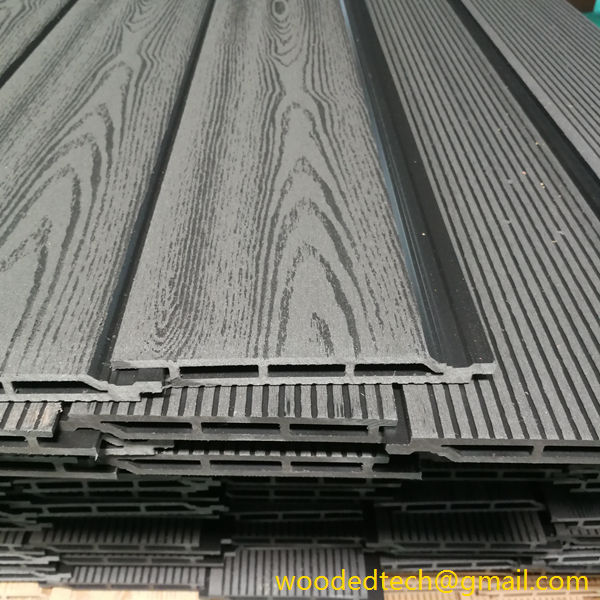
Installation is another factor to keep in mind. WPC wall panels can often be installed using standard woodworking tools, making them accessible for DIY enthusiasts. However, for larger projects or commercial applications, hiring a professional installer is recommended to ensure a flawless finish and adherence to local building codes. Proper installation is crucial to maximizing the longevity and performance of WPC wall panels.
In conclusion, WPC wall panels present an attractive option for homeowners and builders seeking a balance of aesthetics, durability, and sustainability. Their resistance to moisture and insects, low maintenance requirements, and customization options make them a compelling choice for various applications. However, it is essential to consider the specific needs of each project, including structural requirements and budget constraints.
For those looking to incorporate WPC wall panels into their spaces, it is advisable to conduct thorough research and consult with professionals to select the right product for their needs. By making informed choices and selecting high-quality materials, homeowners can enjoy the numerous benefits that WPC wall panels have to offer, contributing to beautiful and sustainable living environments. Ultimately, WPC wall panels represent a modern solution that meets the demands of contemporary design while promoting eco-friendly practices, making them a worthwhile consideration for anyone looking to enhance their space.

